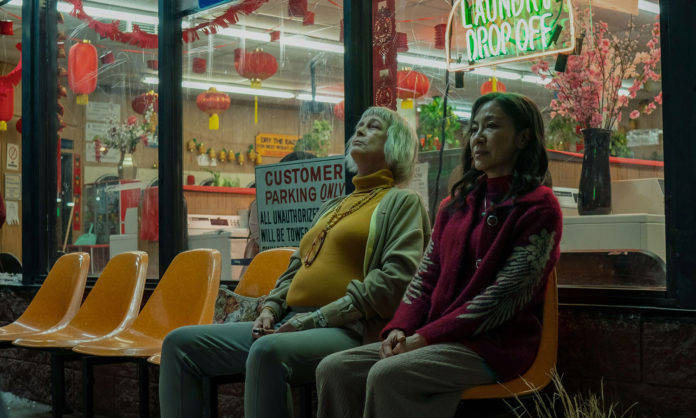In a new blog post, Jami Gold shares some more lessons learned from the film Everything Everywhere All at Once. In this article, she talks about how we can give our stories meaning.
“The writer and the director—collectively known as “the Daniels” (for Daniel Kwan and Daniel Scheinert)—have spoken about how their seed idea for the movie came from the thought that we’re all exposed to so much information now with the internet and constantly on our smart phones, that we can easily feel overwhelmed and shut down,” Gold explains. “It can be difficult to figure out what actually matters among all that noise.”
Instead, the film suggests that everything, every moment, has the potential to be meaningful. “The difference comes down to which moments we inject meaning into ourselves by being present and/or connecting with others,” Gold says. “Within the movie’s worldbuilding, the characters reach the understanding of the only choice that matters: When you can choose to be anywhere doing anything, where would you choose to be?”
Writers face that same dilemma in our writing. Our characters and stories can go any direction, but which choice is the “right” one? Gold says there isn’t one. “Our different choices could all result in stories that have the equal potential to be ‘good,’ but that doesn’t mean that we’d have equal interest in exploring all those different options,” she says. “What matters is the meaning we impart on our story and our characters’ journey.”
While it’s great for your story to have world-ending stakes, your characters’ goals can also be closer to home. “Instead, meaning can be found in the little moments of our story: the banter between characters, an emotionally vulnerable moment with our protagonist, a character’s silly habit that makes readers smile,” Gold writes. “If we show even the smallest moment to be meaningful to the characters or the story/theme, readers will find meaning in it too.”












